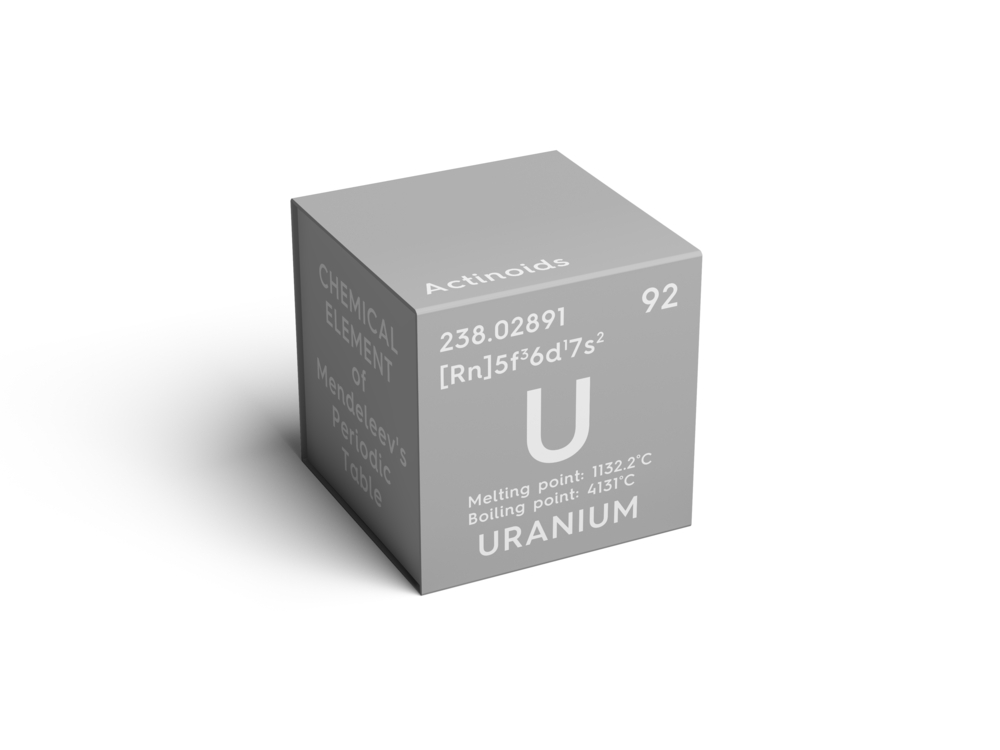
The National Nuclear Security Administration (NNSA) has a plan to secure needed inventories of low-enriched uranium through 2038, but a recent Government Accountability Office (GAO) review found that longer-term enriched uranium needs haven’t been clearly defined and cost estimates are unreliable.
NNSA initially projected that its reserves of U.S.-origin enriched uranium — used to produce tritium for nuclear weapons, among other things — would be exhausted in 2027. However, by preserving low-enriched uranium (LEU) supplies and diluting highly enriched uranium, NNSA has drafted a plan to secure needed supply through 2038.
However, a GAO review concluded that NNSA’s “plan for analyzing options to supply unobligated enriched uranium in the long term is inconsistent with Department of Energy (DoE) directives for the acquisition of capital assets.” DoE directives require a “clear and concise description” of the gap between current capabilities and needs, and that NNSA not show preference to a particular solution.
“NNSA is showing preference toward a particular solution — building a new uranium enrichment capability — and the agency has not included other technology options for analysis,” GAO stated. ”Without revising the scope of the mission need statement to clarify the mission need it seeks to achieve and adjusting the range of options it considers in the analysis of alternatives process, NNSA may not consider all options to satisfy its mission need.”
GAO also found that NNSA has drafted preliminary cost estimates for two uranium enrichment technology options —a large and small centrifuge — despite the scope of the mission need statement being unclear.
“These estimates are limited in scope and do not fully meet best practices for reliable cost estimates,” GAO stated. “Based on GAO’s review of NNSA documents, NNSA appears to favor an incremental approach to reestablishing an enrichment capability that could ultimately meet all national security needs for enriched uranium. The estimates’ scope is limited, however, in that they reflect only the costs of the first increment — producing LEU for tritium — and do not reflect the full costs of building a uranium enrichment facility that could meet the range of enriched uranium needs.”
GAO recommended that NNSA revise the scope of the mission need statement and cost estimates to reflect best practices.




